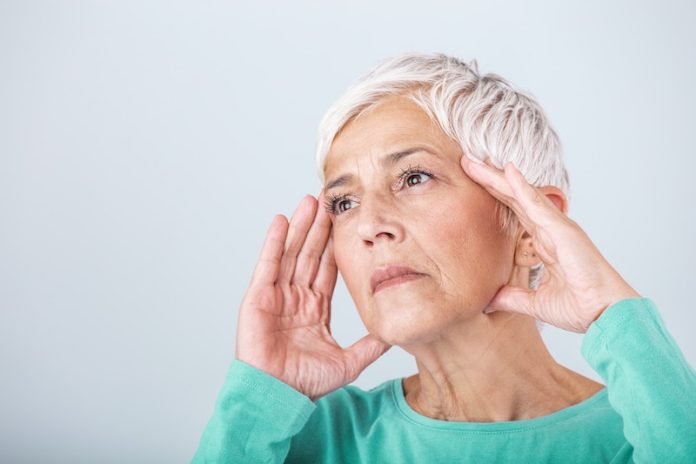
Have you heard of COVID-19? Sure, you have. It’s a disease caused by a virus that has made many people around the world sick.
We usually think about COVID-19 as a disease that affects people for a short time. But doctors and scientists are now learning that it can also have long-term effects, just like a story that goes on for many chapters.
A Fresh Look at COVID-19
The first studies on COVID-19 focused on what happens right after a person gets the virus, but now researchers are paying more attention to what happens later.
They want to understand why the disease sometimes doesn’t go away and how to treat it better.
Two recent studies have shed some light on this. They are like detectives solving a mystery, trying to figure out what causes these long-term effects and how to stop them.
What Happens After the Acute Phase?
When a person first gets COVID-19, they can become very sick. This is what we call the acute phase of the disease.
But sometimes, even after a person gets better from this phase, they can have health problems that last a long time. This is especially true for people who were in the hospital with COVID-19.
The researchers in these studies wanted to know more about what causes these problems. They looked at how the disease affects the lungs and the blood vessels in our bodies.
A Closer Look at the Lungs
The first study was led by Dr. Michael J. Holtzman from Washington University School of Medicine. His team studied the lungs of people who had died from COVID-19 long after they first got the disease.
What they found was like a map for understanding how the virus causes long-term lung disease. This map showed a pattern of changes in the lungs, like an increase in certain types of cells and a decrease in others.
These findings could help doctors find better ways to treat people who have long-term lung problems after COVID-19.
Understanding Blood Vessel Damage
In the second study, a team led by Dr. Erin E. Ball from the University of California used a hamster model to understand how COVID-19 causes problems in our blood vessels.
They found that the virus can damage our blood vessels, but not in the way they expected.
The researchers thought that the virus would directly attack the blood vessels, but that wasn’t the case.
Instead, they found that the damage was indirect, probably caused by problems with the body’s immune system, which is like the body’s army against viruses and bacteria.
This finding suggests that treatments for COVID-19 could target the immune system to prevent this indirect damage.
The Takeaway
So, what do these studies mean? They tell us that COVID-19 is like a long story that can have many twists and turns. They also give us important clues on how to write a happier ending for people who are dealing with the long-term effects of this disease.
The researchers are now using these clues to find better treatments for these people. And that’s something we can all be hopeful about!
If you care about COVID, please read studies about how vitamin B may help fight COVID-19, and this face mask can capture and deactivate the COVID-19 virus.
For more information about COVID, please see recent studies that new antiviral drugs may block COVID-19 transmission, and results showing how hand size affects your risk of severe COVID-19.
The study was published in The American Journal of Pathology.
Copyright © 2023 Knowridge Science Report. All rights reserved.



